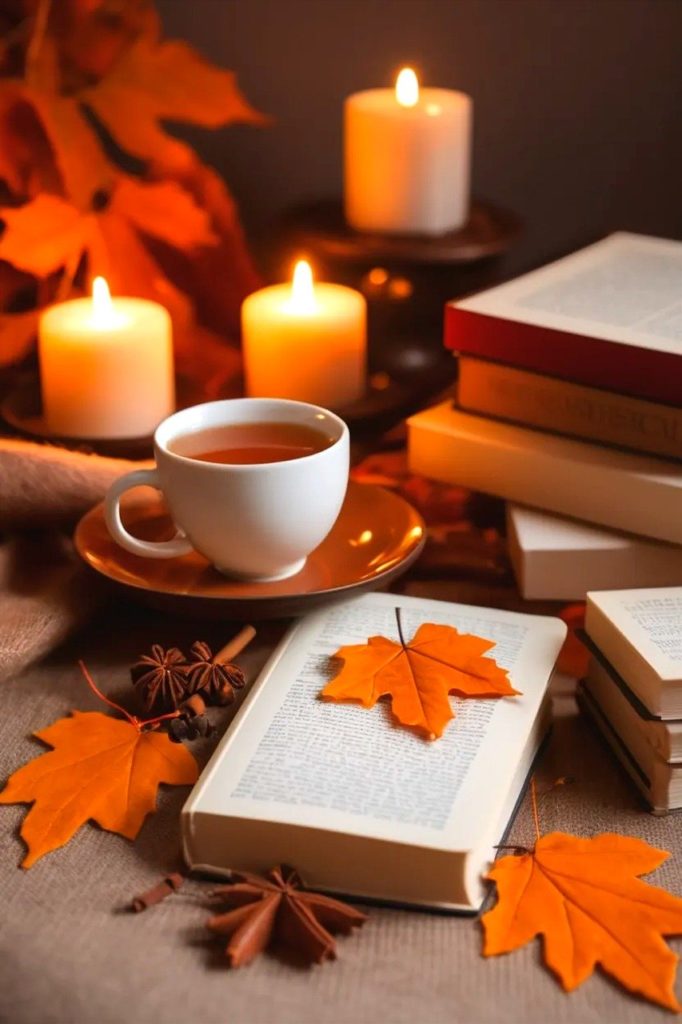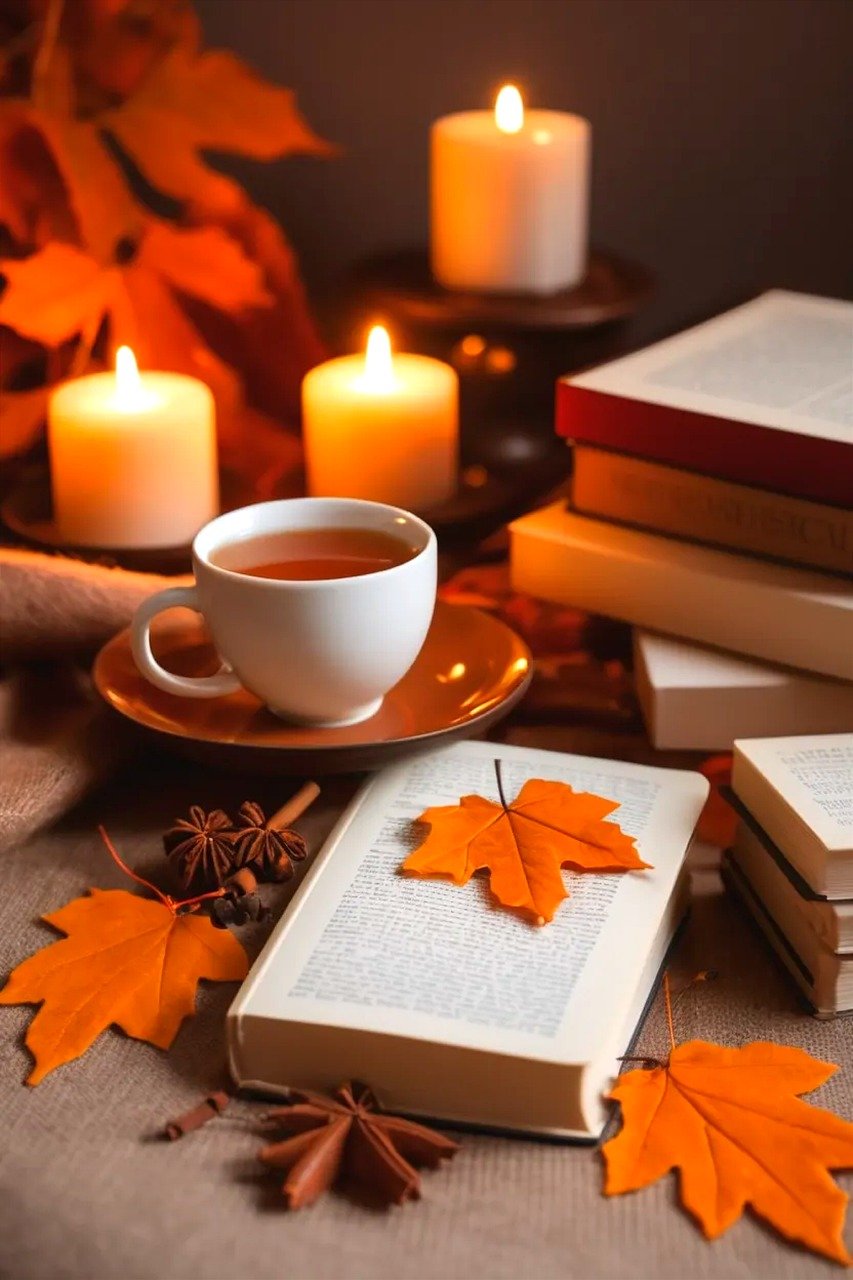
Brewing the perfect cup of tea is an art that involves much more than simply steeping leaves in hot water. The process requires an understanding of various factors, including the type of tea, water temperature, steeping time, and even the quality of the water used. This comprehensive guide will explore the intricacies of tea brewing, offering detailed instructions and tips to help you achieve the ideal cup every time. Whether you are a novice tea drinker or a seasoned aficionado, mastering the art of tea brewing will enhance your appreciation of this timeless beverage.
Understanding Different Types of Tea
Tea comes in various types, each with its unique characteristics and brewing requirements. The main categories of tea include:
- Green Tea: Known for its fresh, grassy flavour and high antioxidant content. Green tea requires careful brewing to avoid bitterness.
- Black Tea: Offers a robust, full-bodied flavour and is often enjoyed with milk and sugar. Black tea is more forgiving in terms of brewing.
- Oolong Tea: A semi-oxidized tea that falls between green and black tea in terms of flavour and complexity. Oolong tea can be brewed multiple times.
- White Tea: The least processed tea, with a delicate and subtle flavour. White tea requires gentle brewing to preserve its nuances.
- Herbal Tea: Not technically tea, as it doesn’t come from the Camellia sinensis plant. Herbal teas include a variety of plant infusions and have diverse brewing needs.
The Importance of Water Quality
Water quality is a crucial factor in tea brewing, as it makes up the majority of the beverage. Here are some key considerations:
- Purity: Use filtered or spring water to avoid any off-flavours caused by chlorine or other chemicals found in tap water.
- Mineral Content: Water with moderate mineral content is ideal for tea brewing. Too many minerals can result in a flat taste, while too few can make the tea taste dull.
- Temperature: The temperature of the water affects the extraction of flavours from the tea leaves. Different types of tea require different temperatures for optimal brewing.
Ideal Water Temperatures for Different Teas
Green Tea: 160-180°F (70-80°C)
Black Tea: 200-212°F (93-100°C)
Oolong Tea: 190-200°F (88-93°C)
White Tea: 170-185°F (75-85°C)
Herbal Tea: 200-212°F (93-100°C)
Measuring Tea Leaves
The amount of tea leaves used per cup is essential for achieving the right balance of flavour. A general guideline is:
Green Tea: 1 teaspoon per 8-ounce cup
Black Tea: 1 teaspoon per 8-ounce cup
Oolong Tea: 1-2 teaspoons per 8-ounce cup
White Tea: 1-2 teaspoons per 8-ounce cup
Herbal Tea: 1 tablespoon per 8-ounce cup
Adjust the quantity according to personal taste preferences and the specific tea being used.
Steeping Times for Different Teas
Steeping time is another critical factor in tea brewing. Over-steeping can result in bitterness, while under-steeping may lead to a weak, flavourless cup. Here are recommended steeping times:
Green Tea: 1-3 minutes
Black Tea: 3-5 minutes
Oolong Tea: 3-5 minutes
White Tea: 4-5 minutes
Herbal Tea: 5-7 minutes
Brewing Techniques
The Traditional Method
Preheat the Teapot or Cup: Rinse the teapot or cup with hot water to warm it up.
Measure the Tea: Add the appropriate amount of tea leaves to the teapot or an infuser.
Heat the Water: Bring the water to the recommended temperature for the type of tea you are brewing.
Pour the Water: Pour the hot water over the tea leaves.
Steep: Allow the tea to steep for the recommended time.
Strain and Serve: Remove the tea leaves or infuser and pour the tea into your cup.
The Gongfu Method (for Oolong and Pu-erh Teas)
The Gongfu method is a traditional Chinese tea ceremony that emphasizes the ritualistic aspects of tea brewing, particularly for oolong and Pu-erh teas.
Prepare the Tea ware: Use a small teapot or gaiwan, along with a fairness cup and small tasting cups.
Rinse the Leaves: Add the tea leaves to the teapot and rinse them with hot water to awaken the leaves.
First Steep: Pour hot water over the tea leaves and steep for a short time (usually 20-30 seconds).
Pour and Serve: Pour the tea into the fairness cup to ensure an even distribution of flavor, then into the tasting cups.
Subsequent Steeps: Increase the steeping time slightly for each subsequent brew, as the leaves will open up and release more flavour.
Enhancing Your Tea Experience
Experiment with Blends and Flavours
Don’t be afraid to experiment with different tea blends and flavourings. Adding herbs, spices, or even fruit can create unique and enjoyable variations of your favourite teas.
Proper Storage of Tea
Store your tea properly to maintain its freshness and flavour:
Airtight Containers: Use airtight containers to protect tea leaves from moisture and air exposure.
Cool, Dark Place: Store tea in a cool, dark place away from direct sunlight and strong odours.
Using Quality Tea ware
Investing in quality tea ware can enhance your tea brewing experience. Choose materials that retain heat well, such as ceramic or cast iron, and ensure your tea ware is clean and free from any residues that could affect the flavour.
Health Benefits of Tea
Tea offers numerous health benefits, which can be an additional motivation to perfect your brewing technique:
Antioxidants: Tea, especially green and white teas, is rich in antioxidants that can help protect against free radicals and reduce the risk of chronic diseases.
Hydration: Tea is an excellent source of hydration and can be a healthy alternative to sugary drinks.
Calming Effects: The amino acid L-theanine found in tea promotes relaxation and can help reduce stress and anxiety.
Cognitive Function: Regular tea consumption has been linked to improved cognitive function and reduced risk of cognitive decline.
Common Tea Brewing Mistakes and How to Avoid Them
Using Boiling Water for Green or White Tea: Boiling water can scorch delicate green or white tea leaves, resulting in a bitter taste. Use the appropriate temperature for each type of tea.
Over-Steeping: Leaving tea leaves in hot water for too long can make the tea overly bitter and astringent. Follow the recommended steeping times.
Using Poor Quality Water: Tap water with high chlorine or mineral content can negatively affect the taste of your tea. Use filtered or spring water.
Not Preheating the Teapot or Cup: Preheating your teapot or cup ensures that the tea stays at the optimal temperature throughout the brewing process.
Incorrect Tea-to-Water Ratio: Using too many or too few tea leaves can result in an imbalanced flavor. Measure the tea leaves according to the guidelines for each type of tea.
Brewing the perfect cup of tea is a rewarding and enriching experience that goes beyond simply following a set of instructions. It involves a deep appreciation for the nuances of different teas, an understanding of the importance of water quality, and a careful consideration of brewing techniques and steeping times. By mastering the art of tea brewing, you can elevate your tea drinking experience, uncovering the rich flavors and aromas that make each cup unique. Whether you prefer the ritualistic Gongfu method for your oolong tea or a quick and straightforward brew for your morning cup, the key is to approach tea brewing with patience, curiosity, and a willingness to experiment. Happy brewing!



